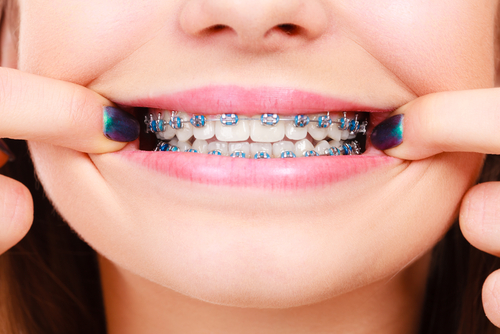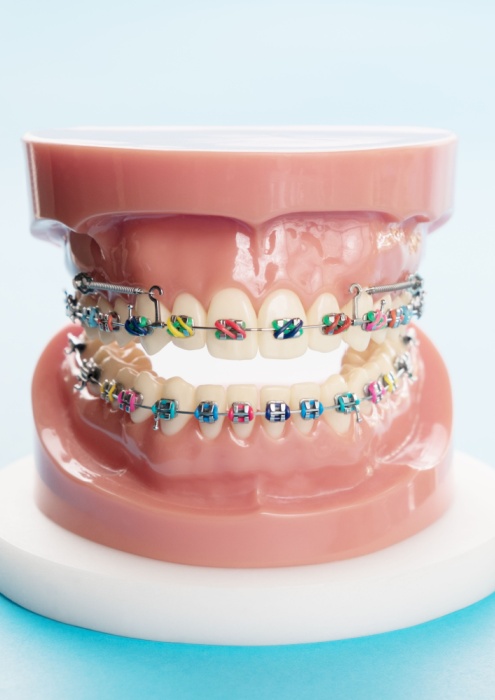A Reliable Orthodontic Treatment for Every Smile
At Buck Family Dentistry, Dr. Michael Buck and our team believe in the transformative power of metal braces in achieving beautiful, aligned smiles. Our comprehensive orthodontic solutions cater to individuals seeking effective teeth straightening methods. With a focus on precision and personalized care, our skill in metal braces ensures exceptional results for patients of all ages and varying dental needs. To learn more, call 641-782-4747.





